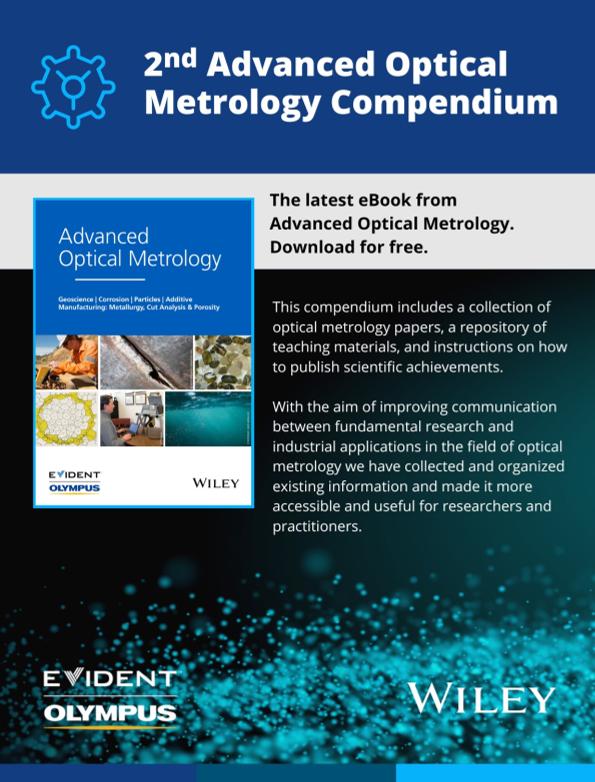Artículo
Surface Modification of Fluorine‐Doped Tin Oxide Thin Films Using Femtosecond Direct Laser Interference Patterning: A Study of the Optoelectronic Performance
Fecha de publicación:
02/2023
Editorial:
Wiley VCH Verlag
Revista:
Advanced Engineering Materials (print)
ISSN:
1438-1656
e-ISSN:
1527-2648
Idioma:
Inglés
Tipo de recurso:
Artículo publicado
Clasificación temática:
Resumen
Transparent conductive oxides (TCOs) are used in solar cells not only to extract photogenerated carriers but also to allow sunlight to reach the photoactive material. Therefore, controlling the electrical and optical properties of such oxides is crucial for the optimization of the efficiency of solar cells. Herein, direct laser interference patterning (DLIP) method is used to control the surface morphology, optical and electrical properties of fluorine-doped tin oxide (FTO) by applying femtosecond laser pulses. The topography characterization reveals periodic line-like microstructures with a period of 3.0 μm and average heights between 20 and 185 nm, depending on the applied laser fluence levels. Laser-induced periodic surface structures are observed on the valleys of the texture aligned perpendicularly to the laser radiation polarization. A relative increase in the average total and diffuse optical transmittance up to 5% and 500%, respectively, is obtained in the 400–800 nm spectral range as a consequence of the generated micro- and nanostructures. Calculations of two figures of merit suggest that the texturing of FTO might enhance the efficiency of solar cells, in particular dye-sensitized (DSSCs). The findings of this study confirm that DLIP is a convenient technique for structuring electrodes for highly efficient optoelectronic devices.
Archivos asociados
Licencia
Identificadores
Colecciones
Articulos(INQUISUR)
Articulos de INST.DE QUIMICA DEL SUR
Articulos de INST.DE QUIMICA DEL SUR
Citación
Heffner, Herman; Soldera, Marcos Maximiliano; Ränke, Fabian; Lasagni, Andrés Fabián; Surface Modification of Fluorine‐Doped Tin Oxide Thin Films Using Femtosecond Direct Laser Interference Patterning: A Study of the Optoelectronic Performance; Wiley VCH Verlag; Advanced Engineering Materials (print); 25; 10; 2-2023; 1-10
Compartir
Altmétricas




